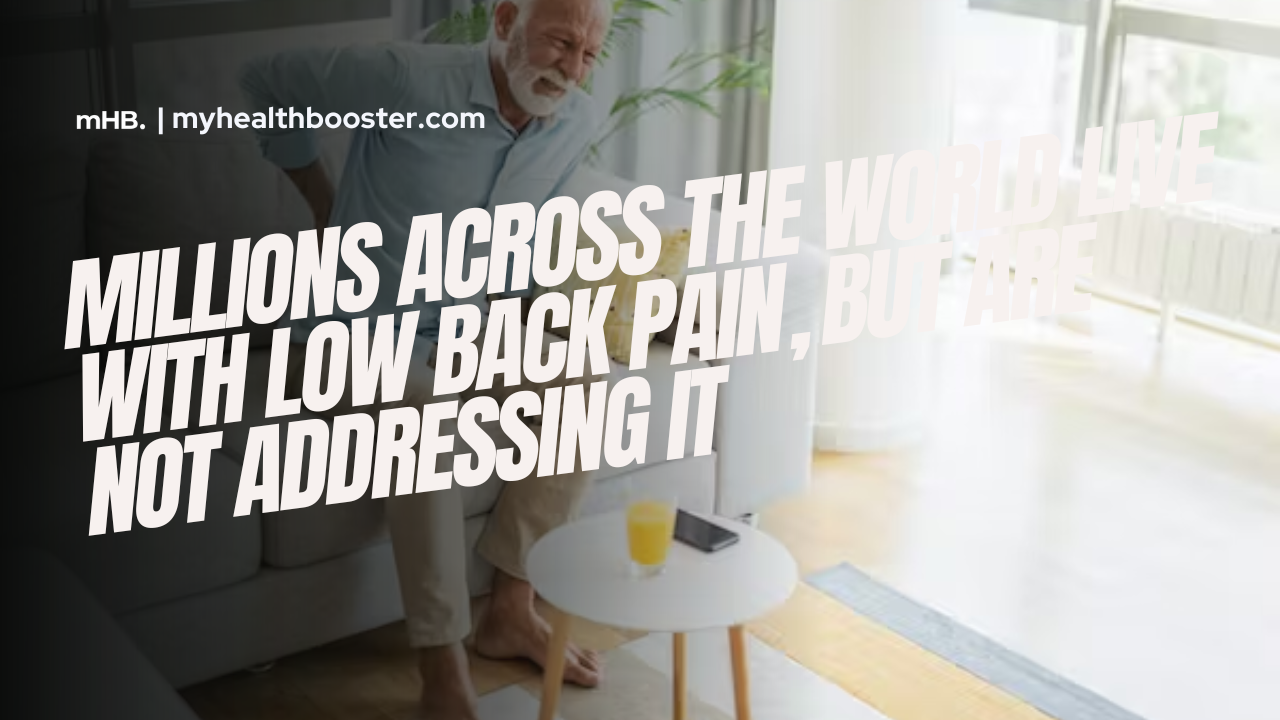In the Lancet Rheumatology; a scientific journal, low back pain is the leading cause of disability in the world, with over 600 million people admitting to living with the condition.
Also in a report presented by the Global Burden of Disease Study, low back pain ranks first among the causes of disability in the last three decades although it claims low back pain is not inevitable.
What is low back pain?
Low back pain is a condition that results from an injury to muscles or tendons in the back and may also arise from other conditions like arthritis, structural problems and disk injuries. Pain can range from mild to severe although it gets better with rest, pain relievers and physical therapy.
It may present symptoms like;
- Stiffness in your back.
- Posture problems
- Muscle spasms
How common is lower back pain?
Around four out of five people have lower back pain at some point in their lives and among such people are;
- People over the ages of 30.
- People who are obese.
- Individuals living with conditions like scoliosis, osteoarthritis, and certain types of cancer.
- Victims of mental health issues like depression and anxiety.
Why does low back pain matter?
There is a need for urgent public health awareness on low back pains because;
- Older adults with low back pain have limited access to evidence-based treatments that encourage a healthy lifestyle and recovery. Also such victims are less likely to recover from severe pain and disability than their younger counterparts, hence the need to guard your back health while you are young.
- Studies show that many current treatments options for low back pain like pain relievers and some surgical procedures either don’t work or do very little.
What are the treatments for low back pain?
Treatment of lower back pain exclusively depends on its causes, the following are treatment options
- By taking in nonsteroidal anti-inflammatory drugs (NSAIDs) or prescription drugs to relieve pain. These normally relax muscles and prevent back spasms.
- Engaging in physical therapy to strengthen muscles so they can support your spine.
- Using steroid injections to relieve pain and reduce inflammation.
